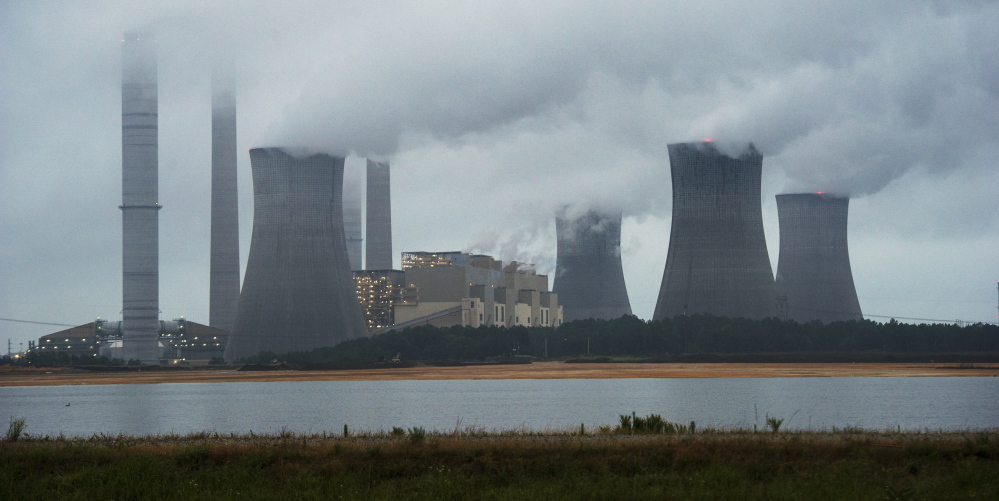Not once this year did ozone levels in Maine exceed federal standards – the first time that has happened since the state began tracking air health in 1980. But that’s not quite cause for celebration.
There is mounting evidence that the federal standards are not stringent enough to protect as many as 100 million Americans who are particularly vulnerable to the problems caused by polluted air. The U.S. Environmental Protection Agency is now reviewing that evidence, and in December the agency will propose tougher rules for the producers of air pollution.
For the sake of those susceptible to pulmonary and cardiovascular complications, including many in Maine, the EPA should follow the science and set stricter limits on smog.
UNHEALTHY AIR
The rules were last tightened in 2008, when the smog pollution limit was lowered from 88 parts per billion to 75 ppb. But recent work by the EPA staff and its outside scientific advisers says that action didn’t go far enough.
Following a recent review of the latest scientific and technical information, EPA staff recommended lowering the limits to somewhere between 60 and 70 ppb. The comprehensive study found that levels of ozone between 60 and 75 ppb – “moderate” levels that do not trigger a “dangerous air” alert under the current standards – in fact contribute to a number of health issues, including loss of lung function and pulmonary inflammation.
The risk is particularly high in vulnerable populations, such as children, the elderly and people who work outdoors, as well as those with respiratory problems. That’s a concern in Maine, which is the oldest state in the nation and also has one of the highest rates of asthma.
And there is not much the state can do about smog on its own, since most of the pollution in Maine comes courtesy of the windstream, which carries smog from coal-fired power plants in the South and Midwest, as well as from the tailpipes of the many vehicles in the population-heavy region from Washington, D.C., north to Boston.
Coastal areas, where the imported air tends to sit, suffer the worst. York and Hancock counties both earned D’s for air quality in the most recent State of the Air report by the American Lung Association, while Cumberland County received a C.
CLEAR BENEFITS
Of course, tightening the standards will come with a cost, as polluters such as gas refineries and power plants are forced to get cleaner. When the EPA suggested a similar change a few years ago, the agency estimated it would cost up to $90 billion a year. The National Association of Manufacturers, a lobbying group that represents the petroleum industry, puts the cost at $270 billion a year.
That figure is undoubtedly high. Industries have adjusted well in the past to stricter environmental regulations, despite similar initial reservations and predictions of disaster. And it doesn’t take into consideration the significant health benefits of cleaner air.
In fact, a study by the EPA of the impact of clean-air standards since 1990 found that by 2020, costs associated with the tougher standards put in place over the prior three decades would total $65 billion, while savings in health-care costs would reach almost $2 trillion.
In addition, an EPA study found that reducing smog limits to 60 parts per billion would prevent 12,000 premature deaths and 21,000 hospitalizations each year.
Mainers should support EPA efforts to limit smog, and help keep unhealthy air from harming our state.
Send questions/comments to the editors.



Success. Please wait for the page to reload. If the page does not reload within 5 seconds, please refresh the page.
Enter your email and password to access comments.
Hi, to comment on stories you must . This profile is in addition to your subscription and website login.
Already have a commenting profile? .
Invalid username/password.
Please check your email to confirm and complete your registration.
Only subscribers are eligible to post comments. Please subscribe or login first for digital access. Here’s why.
Use the form below to reset your password. When you've submitted your account email, we will send an email with a reset code.